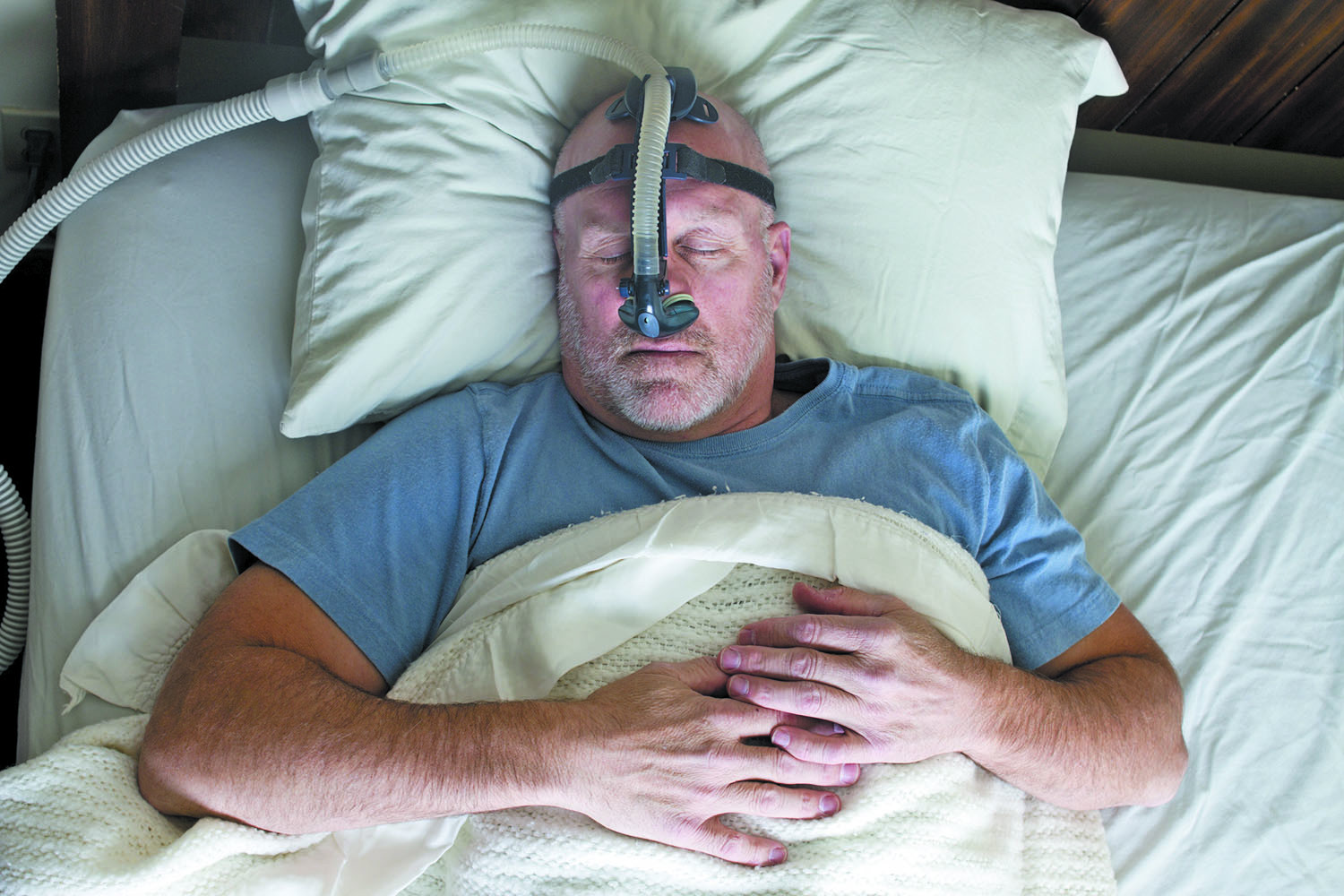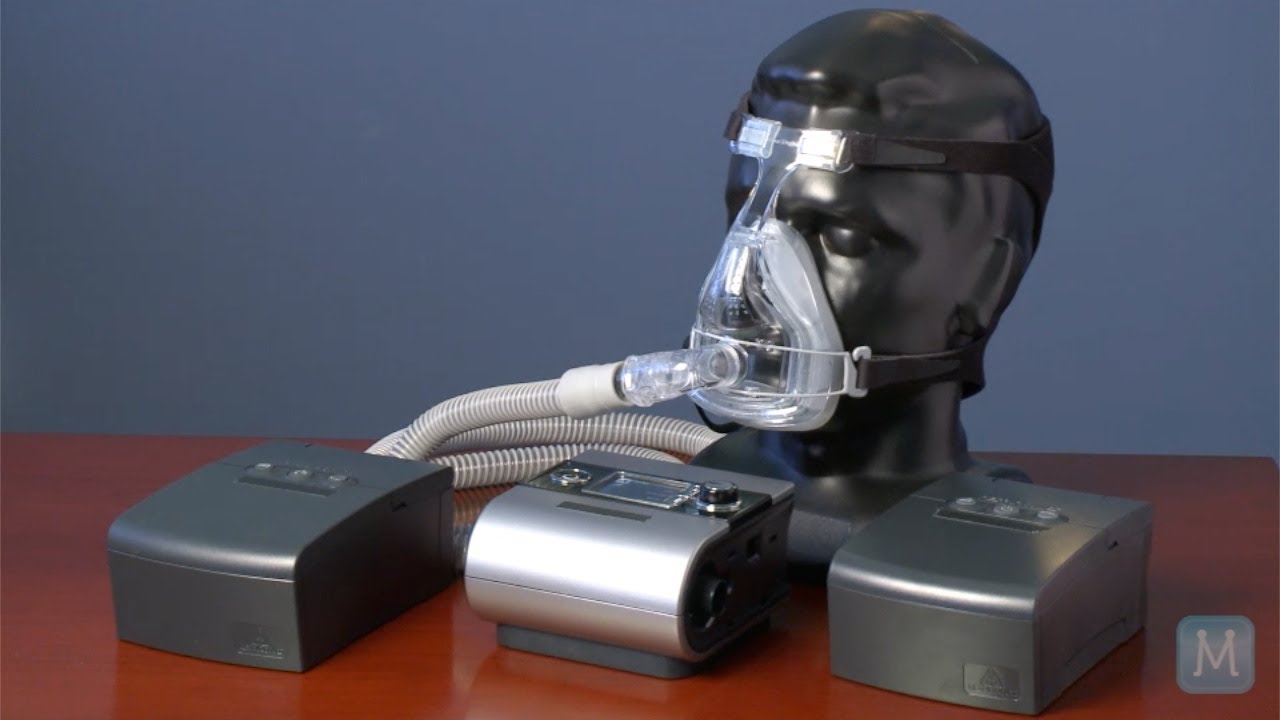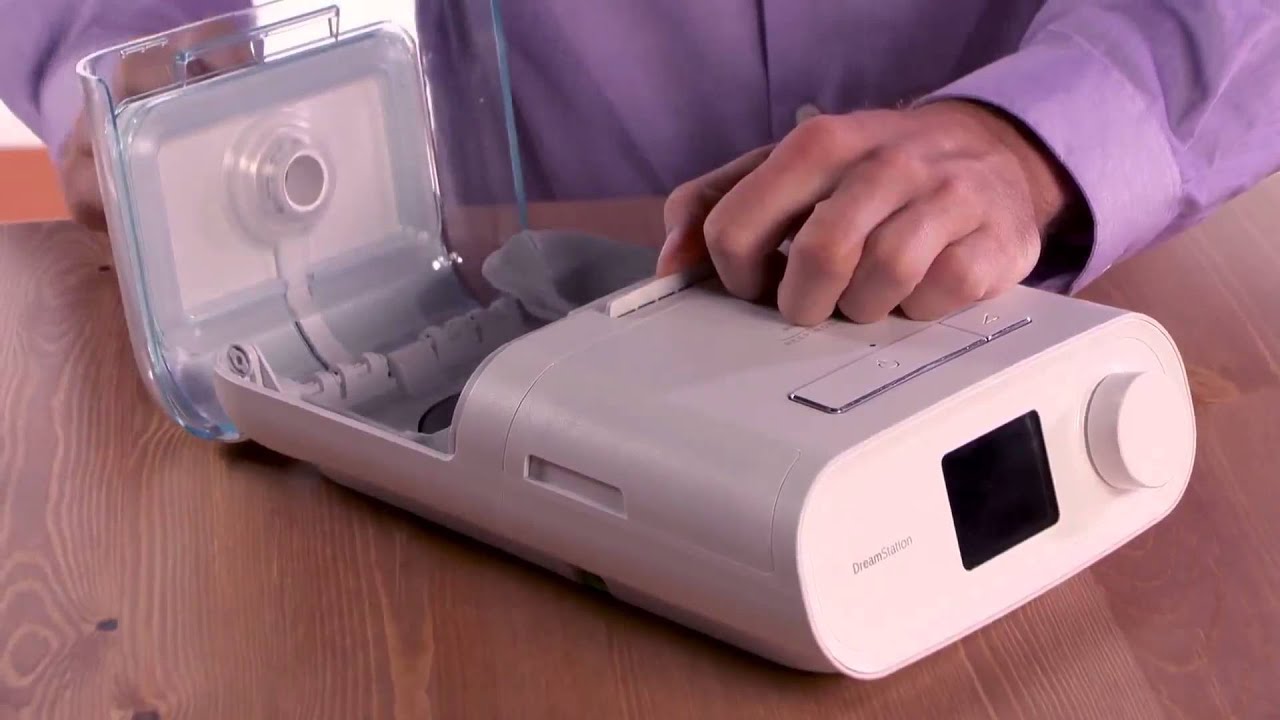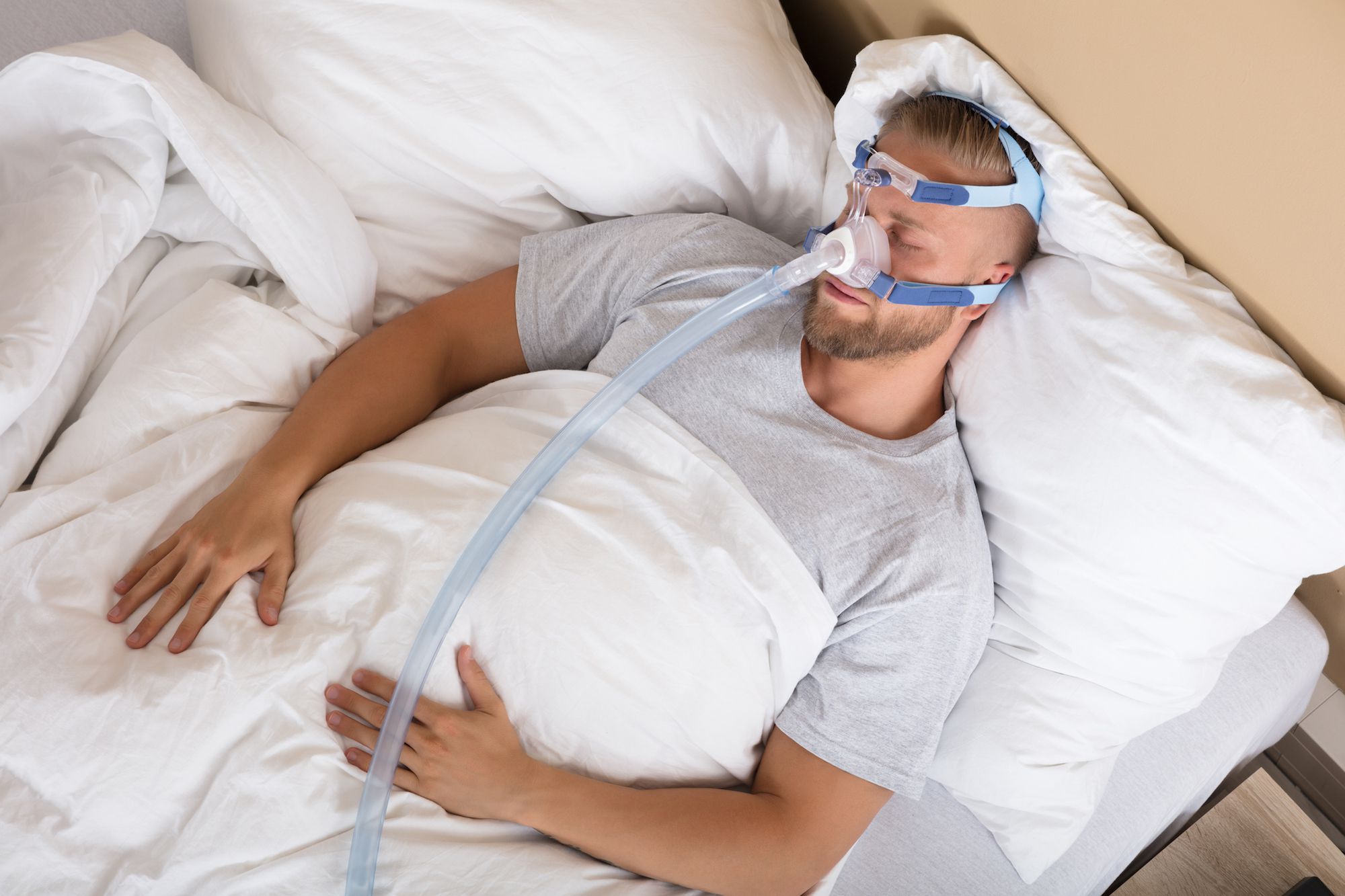There’s good news for people battling sleep apnea. The continuous positive airway pressure (CPAP) machine is a machine that helps to normalize sleep disorders. How long have you been struggling with sleep apnea? Have you heard about how people used to feel whenever they shared the same bedroom with you? Do you snore heavily and loudly while sleeping, and you’re seriously looking for a way out? All the questions above will be answered when you’re done reading this article.
In this write-up, we will explain the meaning of sleep apnea, what cpap mach entails and how cpap mach works. Hence, your attention is needed. Please try to shun all distractions right now. We believe you’ll get something tangible to run with at the end of this write-up. Are you ready for the ride? Let’s ride!
What is sleep apnea?
Sleep apnea is a sleep disorder that affects one’s breathing. It is a situation whereby one’s breathing stops and starts repeatedly. Several times, people suffer from sleep apnea and think they’re having a severe issue. Of course, complications may arise from sleep apnea if it is left untreated. So, if you’ve been struggling with any sleep disorder, you need to see the doctor. Perhaps, you may have sleep apnea.
Severally, people might be battling with being comfortless in their sleep. And it occurs mainly in aged people. Sleep apnea is a critical sleep disorder in which one’s breathing recurrently stops and starts. It appears in some people in the form of snoring loudly at night. We have heard about people who snore loudly at night, and most do not know that they have sleep apnea. Medically, when throat muscles relax, sleep apnea occurs. Having learned the meaning of sleep apnea, let us briefly discuss CPAP’s importance.
What is a CPAP machine?
CPAP means continuous positive airway pressure. It is a machine generally prescribed for treating sleep apnea disorders. CPAP is designed for handling and regulating airflow in the airways. Remember, obstructive sleep apnea is the most common type/cause of sleep apnea. So, OSA causes breaks in one’s breathing because one’s throat is momentary blocked. Hence, this machine helps to send a stable flow of air into one’s nose and mouth while asleep. This breathtaking machine is a medical tool that standardizes the flow of pressurized air into one’s nose and mouth. It helps to keep one’s airways open; then, one can breathe normally.
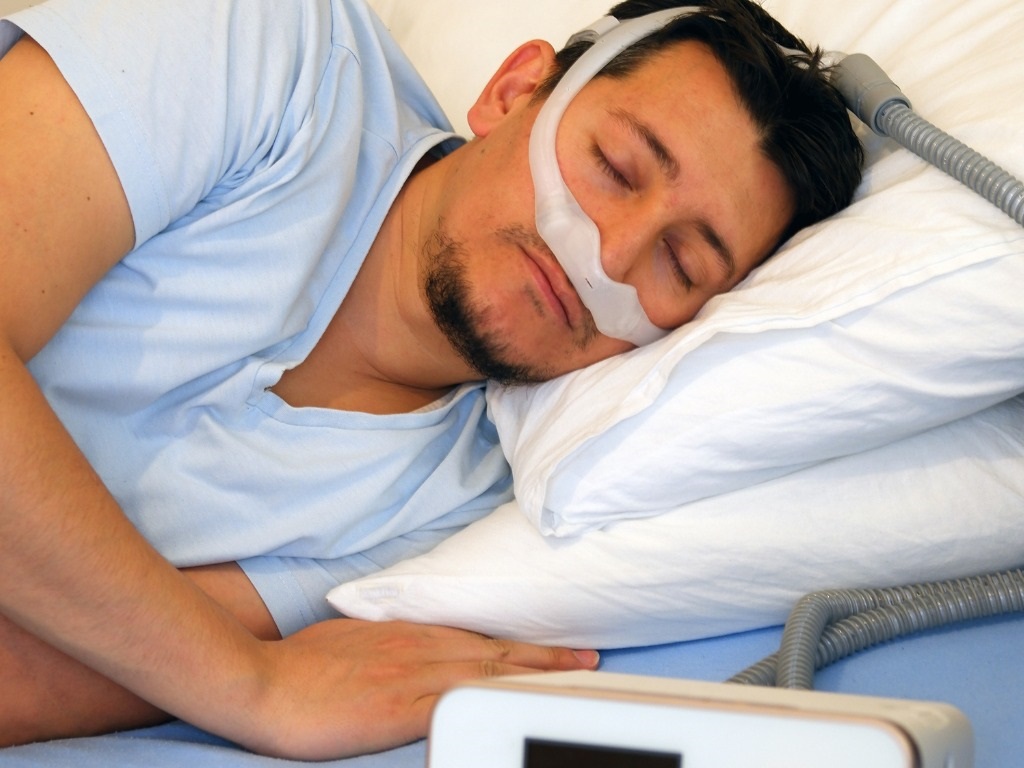
History of CPAP machines
This device has been in vogue since 1981. Since 1981, medical practitioners have been using this machine to resolve issues that pertain to sleep apnea (SA). Dr. Colin Sullivan first derived the continuous positive airway pressure. Before 1981, medical practitioners used a tracheostomy to resolve sleep disorders. But now, a fitted mask and tubing machine that can generate pressure was found by Dr. Colin to solve sleep disorders. Since then, CPAP has been in vogue and remains the best option to tackle any sleep disorder.
How does it work?
Modern continuous positive airway pressure machines work based on the same principle as the introduced tool developed by Colin in 1981. The only difference between what Dr. Colin made and the new upgrade these days is that the pressures are now generated with more minor, quieter motors.
Though, oxygen is taken in via a filter and pressured in the direction the doctor or your sleep specialist prescribes. The CPAP machines are set to deliver pressure from 4cm of water to the maximum, which cannot be greater than 25cm. So, the air is passed through a heated humidifier and delivered through tubing to the mask interface. Hence, the flow of pressurized air forms a cushion along the upper airway.
Some have explained CPAP as a pneumatic splint that keeps the throat from breaking up. So this averts the soft palate, uvula, and tongue from fluctuating into the airway. A continuous positive airway pressure machine lessens the vibration that forms the snoring sound.
Furthermore, CPAP relieves swelling within the nose, clearing out mucus along the airways. So, with the support given to the airways, the breathing standardizes, and the sleep quality recovers as disjointed sleep resolves. Also, in CPAP, the oxygen intensities can be maintained.
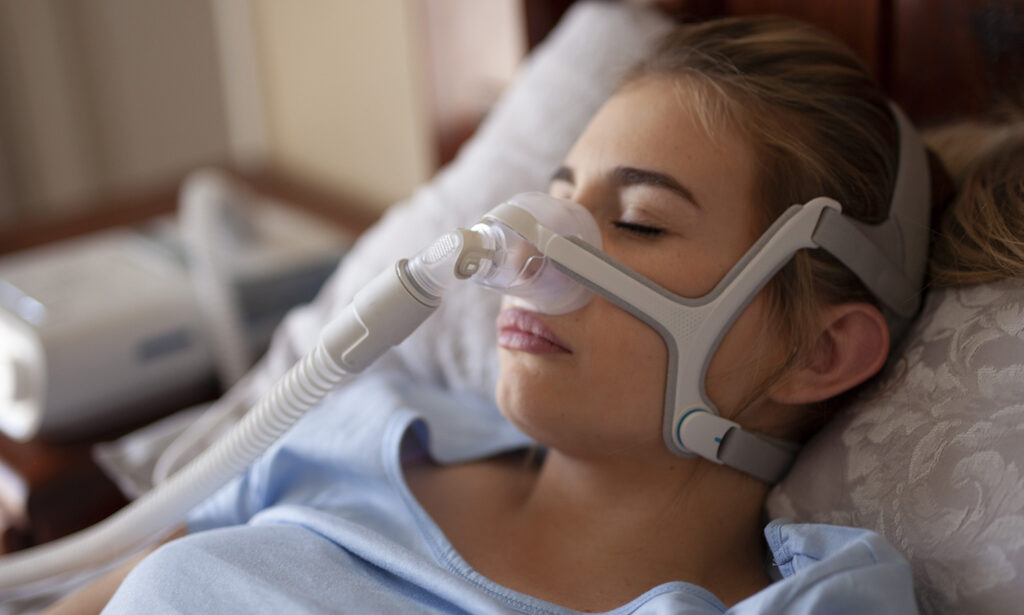
On the other hand, automatic continuous positive airway machines vary to some extent because they can detect a breakdown of the airway by gaging resistance and react by increasing the pressure as desired the night to resolve the SA. The CPAP machines will test lower pressures and fine-tune or adjust downward if necessary.
For more clarity, a Continuous Positive Airway Pressure machine’s compressor (motor) produces a continuous stream of hassled air that journeys through an air filter into a flexible tube. This tube transports purified air into a mask wrapped around your nose or mouth. So, as you sleep, the airstream from the continuous positive airway pressure machine impulses against any obstructions. Also, it opens your airways, so your lungs receive abundant oxygen.
Without anything hindering this stream of oxygen, your breathing doesn’t break in proceedings. So, you don’t recurrently wake up to recommence breathing.
What are the side effects and risks of using CPAP?
Generally, there are two main problems associated with this machine. The first one is an ill-fitting mask, while the second one is a dry mouth. These two side effects of CPAP can be alleviated with mask shape modifications and humidification. Air leaks, disturbing bed partners, and aerophagia are severe cases.
On a final note
In this write-up, we explained the meaning of SA and extensively explained the importance of continuous positive airway pressure machines. Then, we finally explain in detail the works of CPAP.
Dear reader, don’t you think this person needs to see this information? We believe you’ve been blessed here. So, why not share this thought with other people out there? Kindly share the link to this page with family and friends. Finally, we want to inform you that we’re open to receiving questions regarding this topic. Therefore, if you have any questions, please drop them in the comment box.

